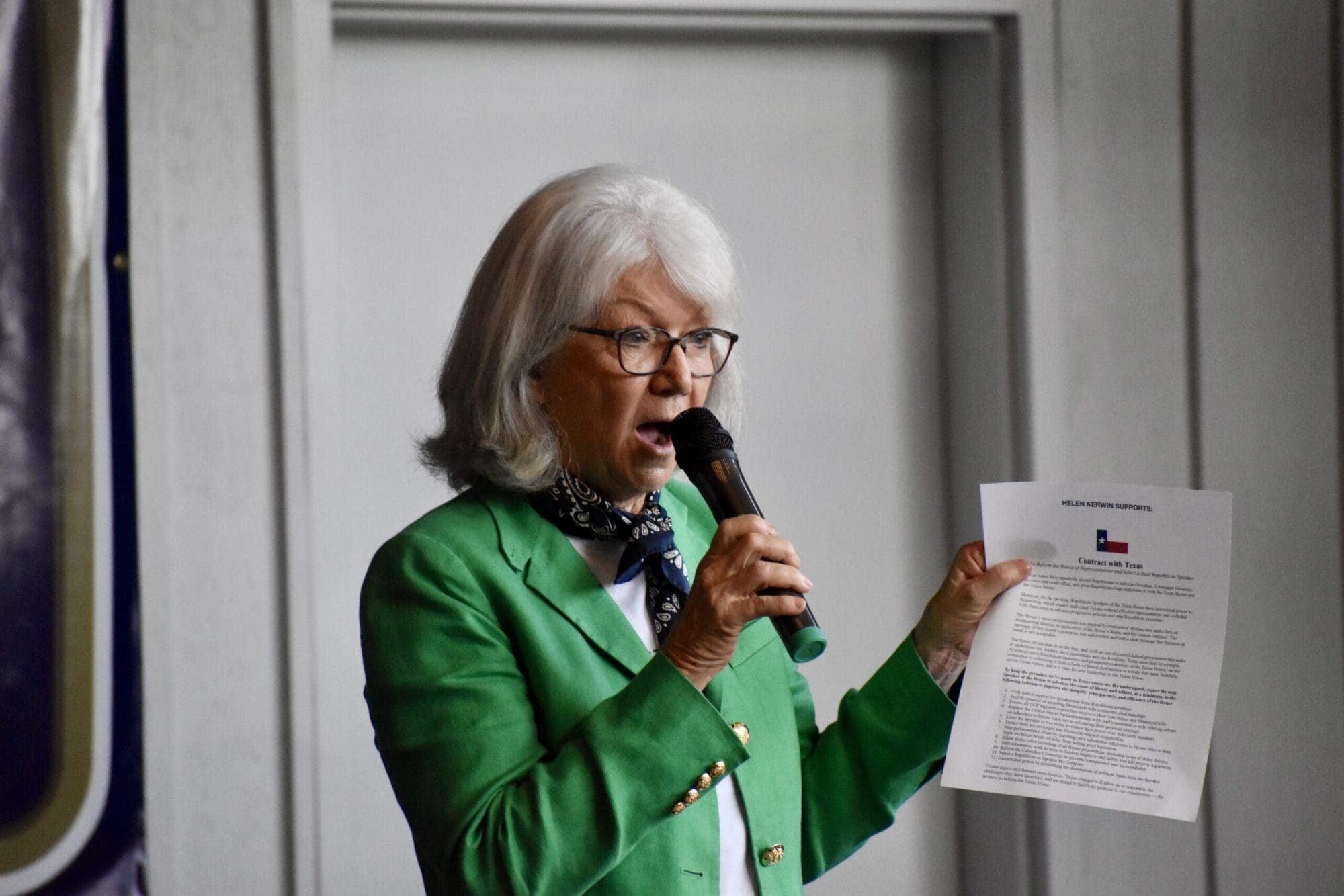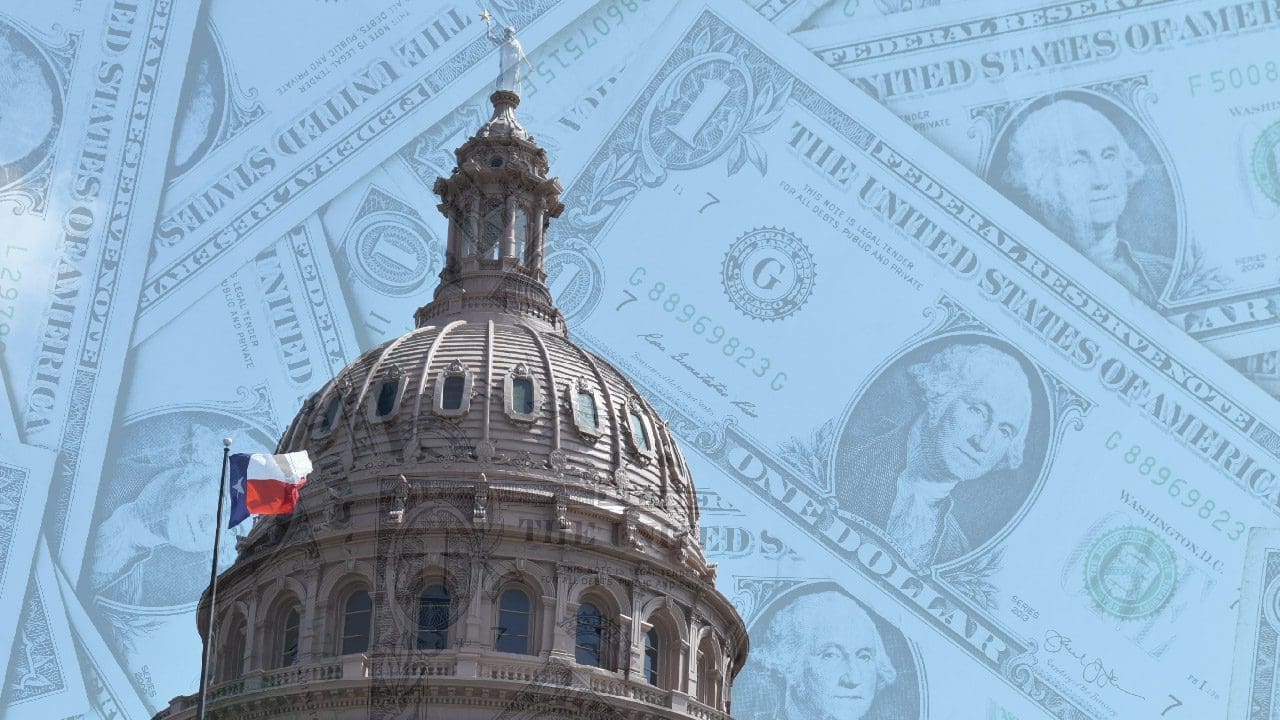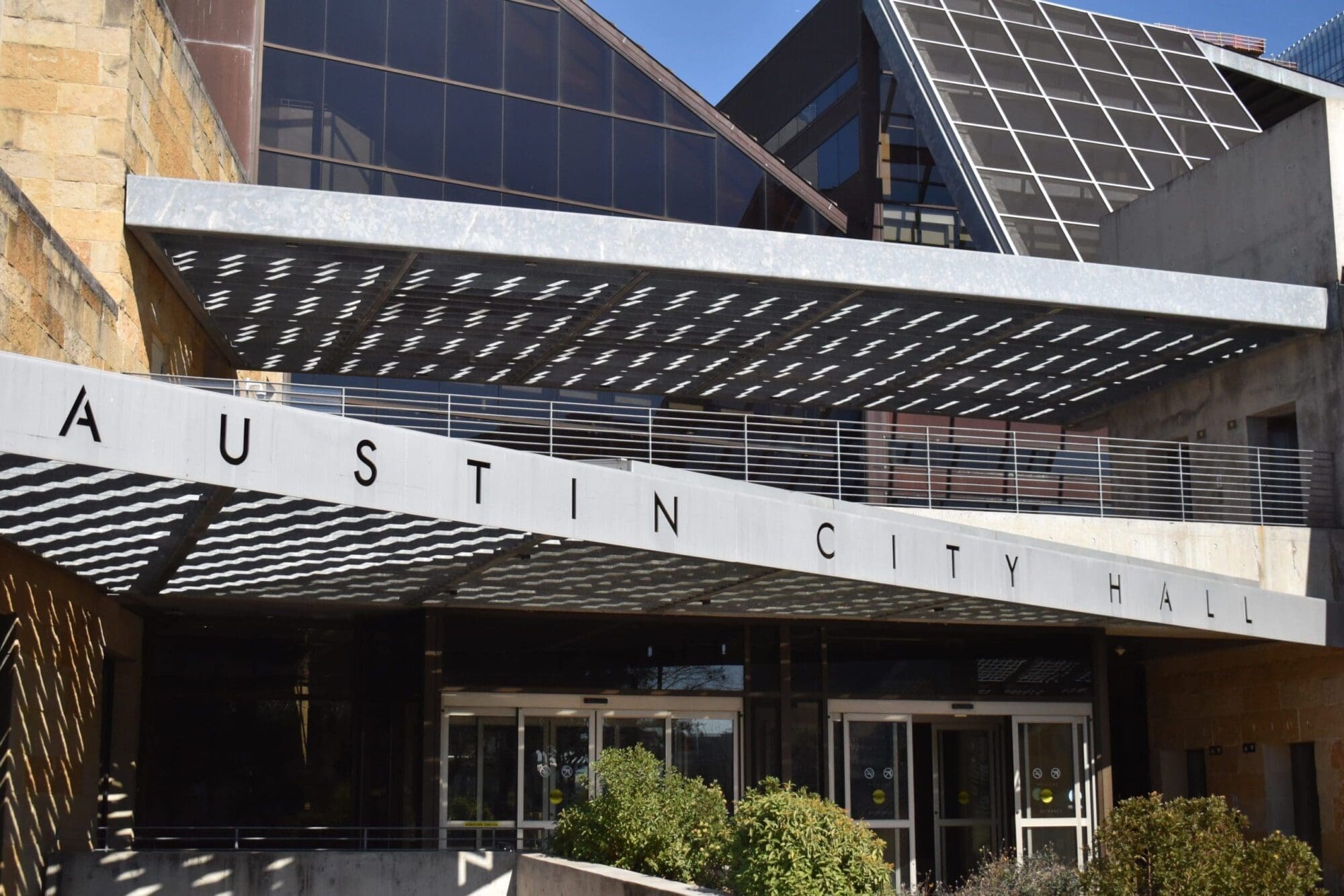As cities, counties, and school districts set their tax rates, too many local officials argue they cut the tax rate but your property tax bill went up because of the appraisal district. What they’re not telling you is they didn’t cut the tax rate low enough to offset increases in your appraised value.
With well over 2 million Texans unemployed and the economy contracting, both Texans and their governments are finding they have less coming in financially than they do going out. Unlike most everyday Texans, however, many local officials may not look at cutting spending first and may instead try to increase property tax bills to fill the gap.
Such a move would add even more pressure on taxpayers’ thinning wallets. But when taxpayers complain, too many local officials typically make the same argument: “We cut the tax rate. The appraisal district raised the value of your home. They raised your taxes!”
False. Appraisal districts do set the value of your home, but they don’t set the rate at which you are taxed—your school districts, cities, and counties do. Let’s look at Keller Independent School District (ISD) in Tarrant County.

Year-to-year comparisons of tax rates are meaningless, as the average taxable value of properties fluctuates every year. As you can see, Keller ISD cut their tax rate in 2018—and was forced to by the Texas Legislature in 2019—so it’s lower than it was in 2013, but tax bills in 2019 were higher than they were the year before and even six years before. The tax rate wasn’t cut enough to offset the growth in appraised values.
Just to keep homeowners’ tax bills from increasing—on average—from the previous year, local officials could have adopted the no-new-revenue rate. Too often, they don’t even do that.
There’s also Texas House Bill 3, which poured $5.1 billion of the state’s $10 billion tax revenue surplus in 2019 into lowering school districts’ property tax rates. Lawmakers claimed HB 3 “lowers school property tax rates by an average of 8 cents in 2020 and 13 cents in 2021,” or an implied total of 21 cents over two years. However, according to the Texas Education Agency, this was inaccurate.
With Keller ISD, HB 3 forced the rate to be lowered enough to control the growth of the average homeowner’s tax bill to just 0.42 percent from the previous year—not enough to give the average homeowner relief. But this result wasn’t universal.

According to data from the appraisal district in Dallas County (Dallas Central Appraisal District), Lancaster ISD handed out a near 13 percent increase in homeowners’ average property tax bills from the school. The school was forced to cut the tax rate by HB 3’s specifications, but it was not enough to give taxpayers relief.
These are things taxpayers need to keep in mind as local officials set the rate at which you will be taxed. Most school districts are setting their tax rates now, while counties and cities are starting the process. Taxpayers who want to see a change are encouraged to start calling their school board members, city councilmen, and county commissioners now.




